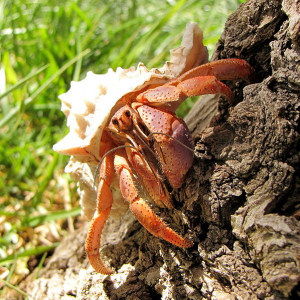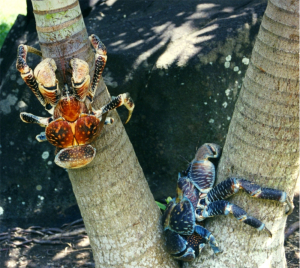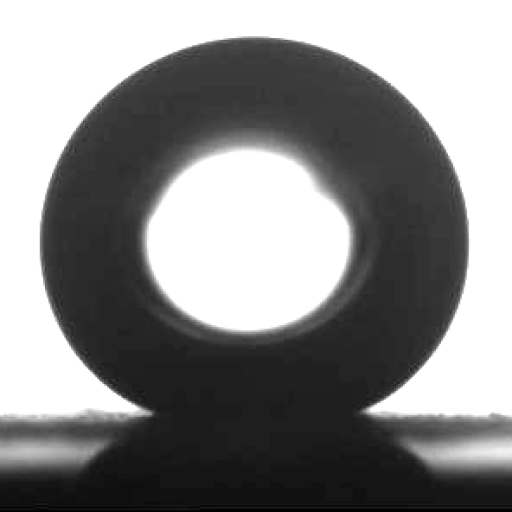Land Crab


Land crabs spend much of their time out of water. To allow them to do this, they carry water with them. Their gill is rough and hydrophilic so the water tends to adhere to it, much like on a dishcloth. This arrangement is effectively the same as that used by the aquatic insects with their plastrons, just the other way around. The animals use a rough surface to maintain an environment of one fluid when inside a different fluid and therefore to breathe with the wrong equipment. The system is quite effective this way round. Although the crabs are susceptible to drying out, some of them live on land most of their lives.
Some crabs have an organ that is closer to a lung than a gill and cannot even survive in water. They still have to wet the surface of this organ, known as a branchiostegal lung.
Most often encountered are hermit crabs, small specimens of which make quiet pets. The largest land crab is the robber crab or coconut crab, which is closely related to the hermit crab, but at a 40 cm body length they are quite big. Indeed reports have them occasionally growing up to a 6-foot span, which reduces their suitability as pets.
